Discover the incredible benefits of incorporating an exercise ball into your fitness routine, including enhanced core strength, improved stability, and overall fitness gains. Elevate your workouts with these versatile tools, perfect for a wide range of exercises and suitable for all fitness levels!
The exercise ball, sometimes known as the ‘Swiss ball’, is nothing new in the field of fitness and rehabilitation. The first of its sort was created in 1963 by Aquilino Cosani, an Italian plastics producer, and was first known as the “Pezzi Ball”.
Within a decade of its inception, physical therapists around Europe began to employ the ball, including a Swiss physical therapist specializing in posture re-education and back rehabilitation. In the 1980s, American physical therapists grew attracted to European rehabilitation methods, and they were so pleased with the Pezzi Ball that they took it back to the US and called it the ‘Swiss Ball’. You can find various types of exercise balls, such as the Pilates Ball and Pregnancy Ball. In this article, we’ll look at the many advantages of using an exercise ball, how to include it in your workout routine, and important safety precautions.
What is an Exercise Ball?
An exercise ball is a large, inflatable ball made from soft, elastic PVC material. Exercise balls, also known as Swiss balls, physio balls, balance balls, body balls, gym balls, Pezzi balls, Pilates balls, yoga balls, therapy balls, and even Swedish balls all mean the same thing. They are used for rehabilitation and fitness and work by forcing the body to balance against the ball’s instability, leading to greater muscle activation. This results in improved back and spine health, core stability, posture, and muscle balance. They come in different sizes, typically ranging from 45 cm to 85 cm in diameter, allowing users to select the size that best fits their height and exercise needs.
The Advantages of Exercise Ball Use
Core Strength
One of the primary benefits of using an exercise ball is its ability to enhance core strength. When you sit or perform exercises on an unstable surface like an exercise ball, your body engages the core muscles to maintain balance. This constant engagement strengthens the abdominal muscles, lower back, and pelvic region, contributing to better overall stability and strength.
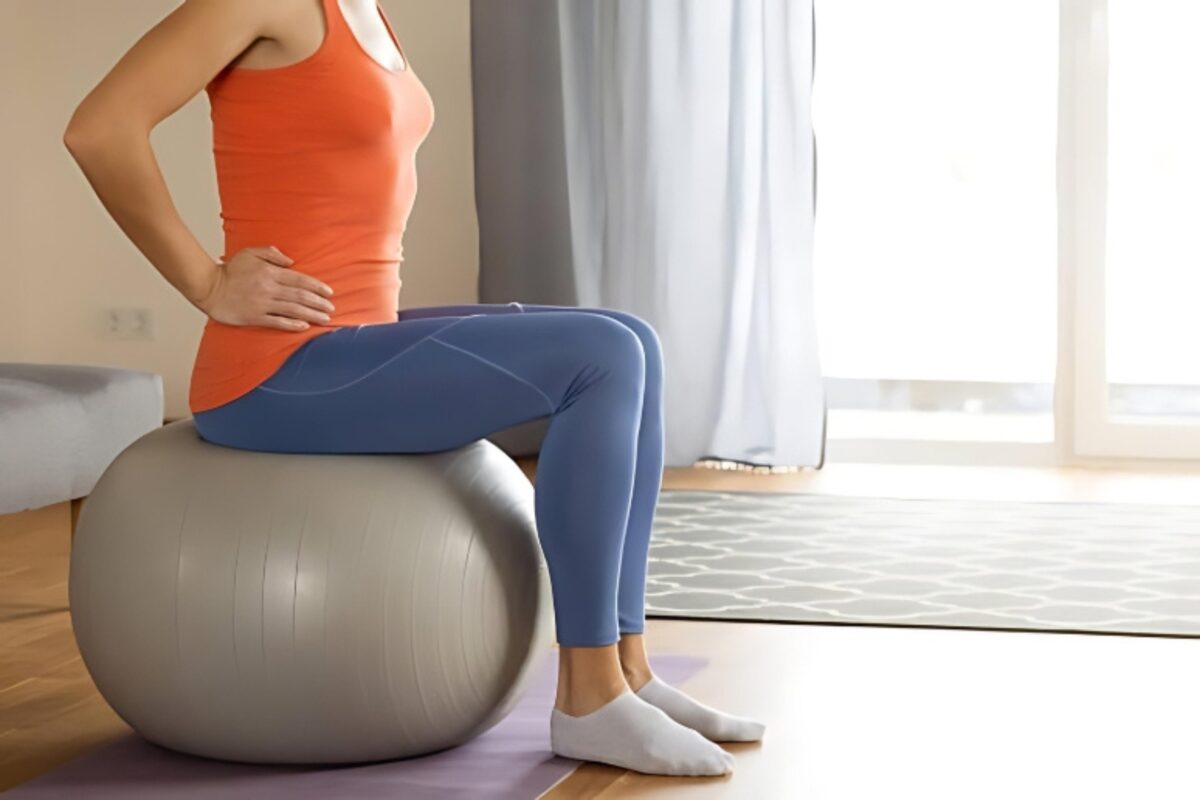
Improved Balance and Stability
The exercise ball‘s inherent instability forces your body to work harder to maintain balance. This continuous adjustment improves proprioception—the awareness of your body’s position in space—and enhances overall stability. Athletes often use exercise balls to improve coordination and balance, which are crucial for performance in various sports.
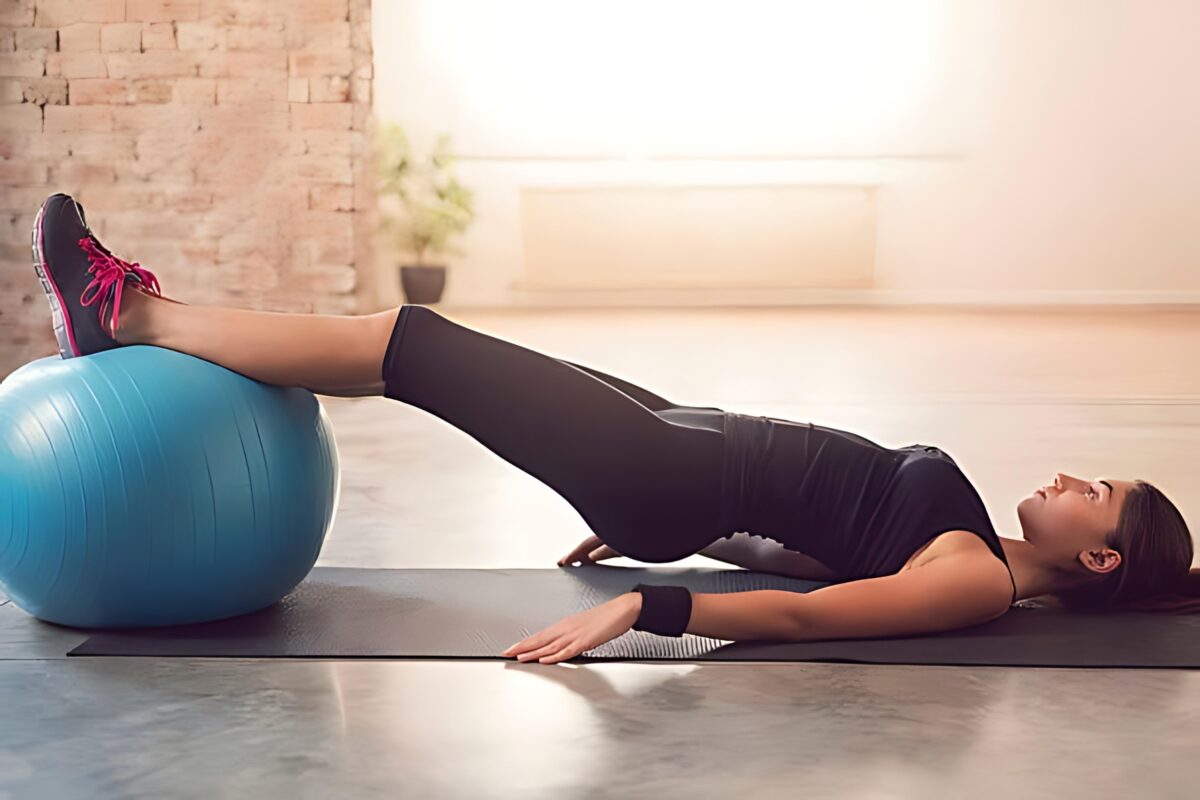
Enhanced Flexibility
Incorporating an exercise ball into your stretching routine can significantly enhance flexibility. The ball allows for a greater range of motion during stretches, helping to elongate muscles and improve joint mobility. This increased flexibility can reduce the risk of injuries and improve overall functional movement.
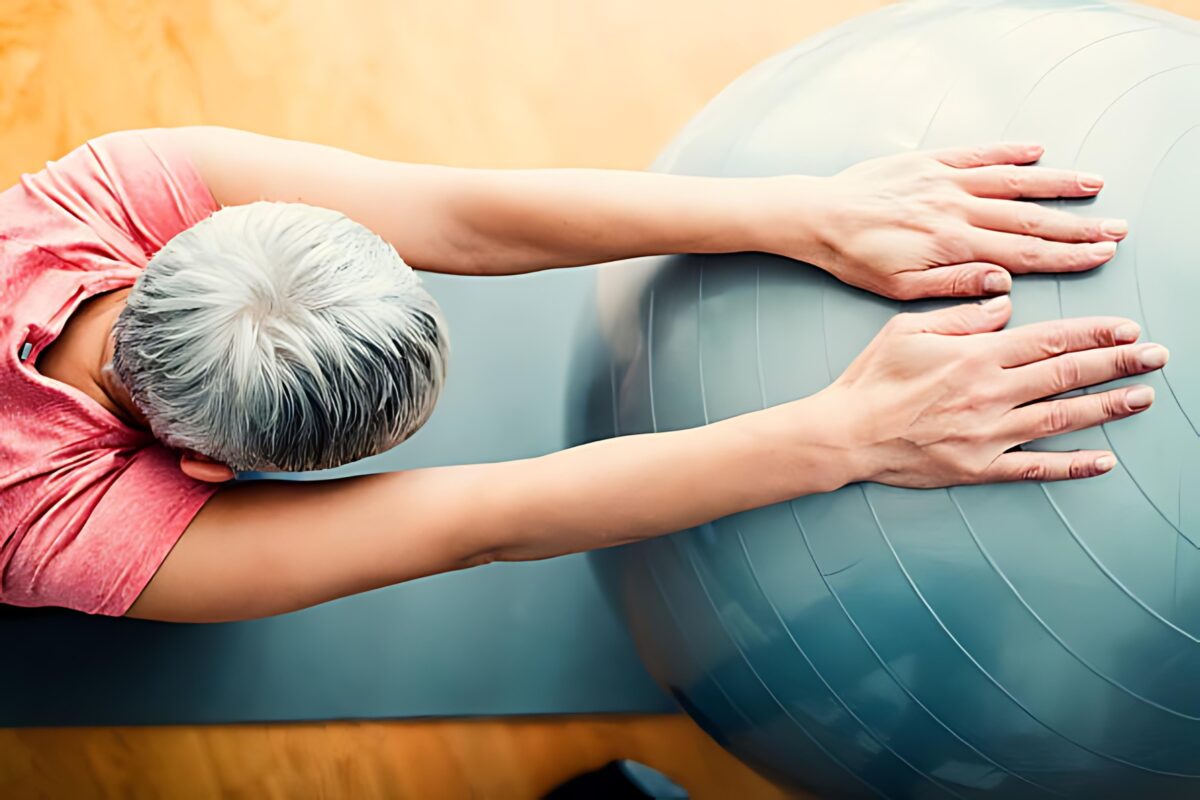
Versatile Workouts
Exercise balls are incredibly versatile, making them suitable for a wide range of workouts. Whether you’re doing strength training, yoga, Pilates, or simple stretching, an exercise ball can add a new dimension to your exercises. You can use it for core exercises, upper and lower body workouts, or as a support for various stretching routines. Check out this Pilates Ball for versatile workouts.
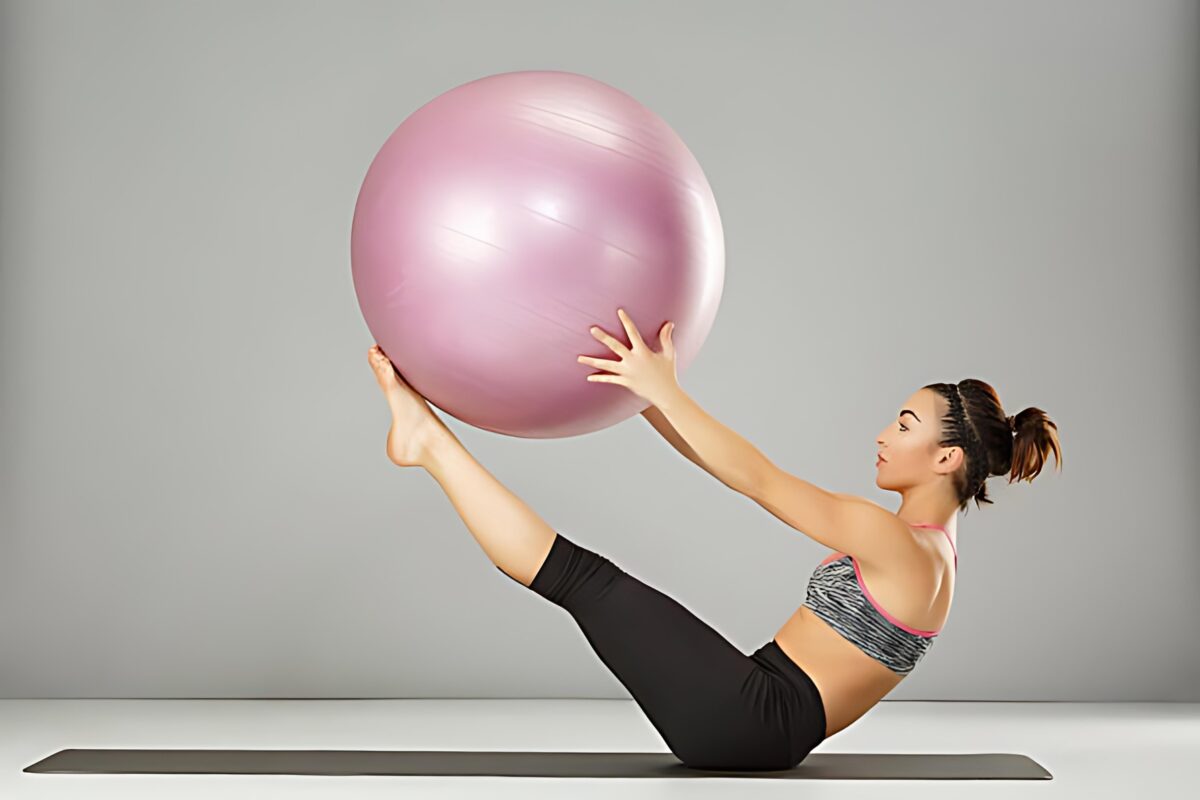
Posture Improvement
Sitting on an exercise ball instead of a chair encourages proper posture. The instability of the ball requires you to engage your core muscles continuously, which promotes spinal alignment and reduces slouching. Over time, this can lead to significant improvements in posture and a reduction in related pain. Consider using this Pregnancy Ball for better posture.
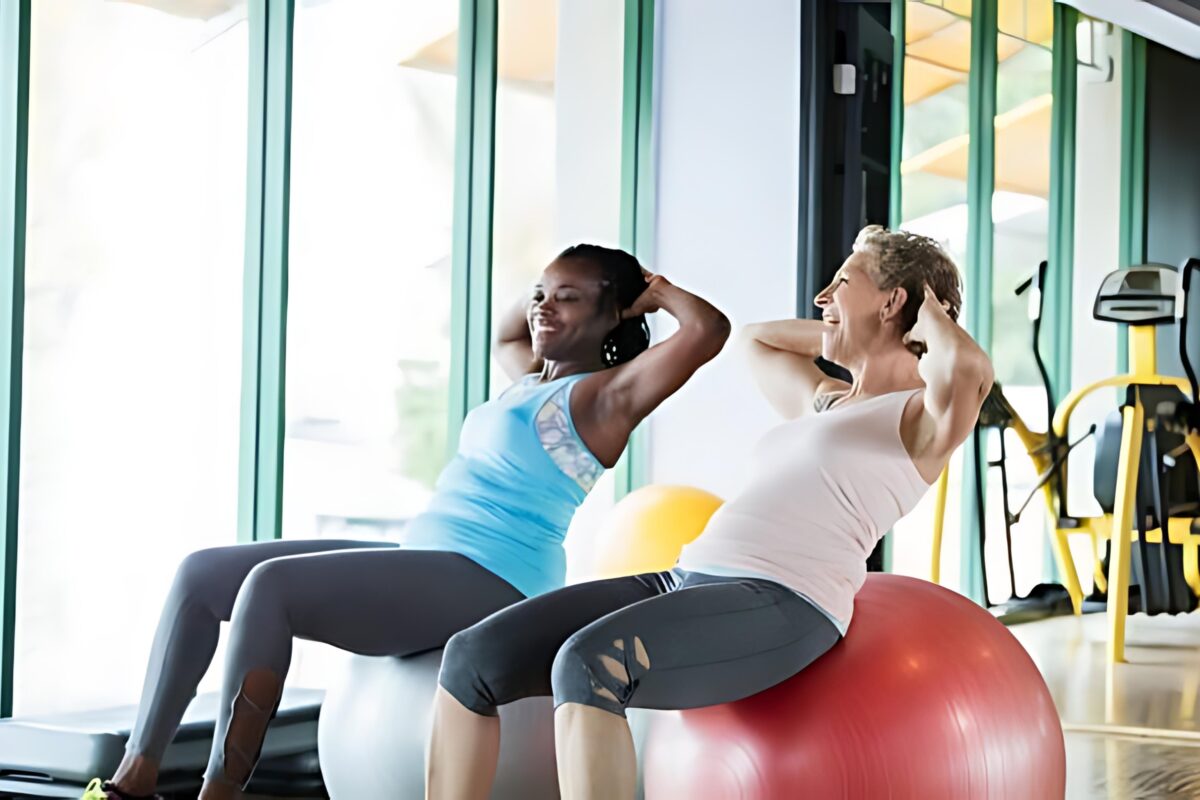
Rehabilitation Aid
Exercise balls are frequently used in physical therapy and rehabilitation settings. They provide a safe, low-impact way to strengthen muscles, improve balance, and restore mobility after an injury. The ball’s softness and flexibility make it an excellent tool for gentle rehabilitation exercises.
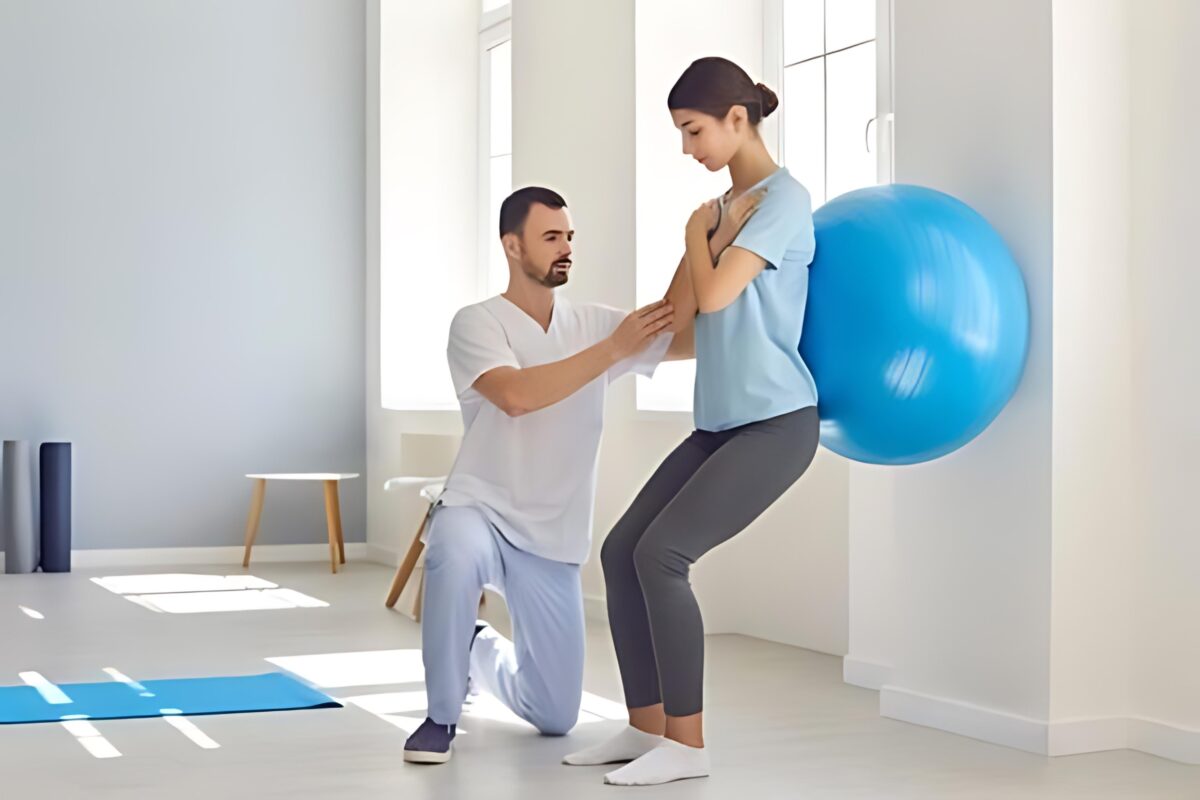
How to Incorporate an Exercise Ball into Your Routine
Incorporating an exercise ball into your fitness routine can be easy and fun. Here are a few ways to get started:
As a Chair
Replace your desk chair with an exercise ball. Sitting on the ball while working can help improve your posture and engage your core muscles throughout the day.
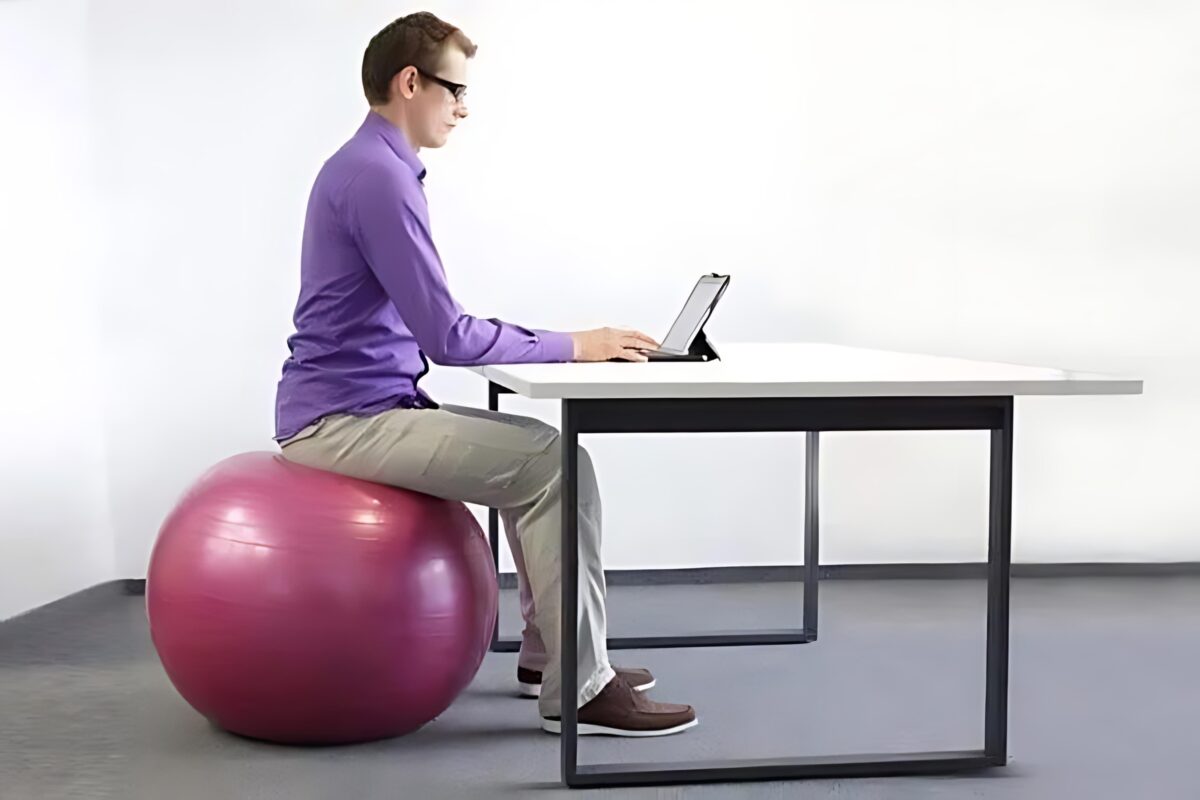
Core Exercises
Use the exercise ball for core-strengthening exercises like ball crunches, planks, and Russian twists. These exercises target your abdominal muscles and lower back, enhancing your core strength and stability.

Stretching
Incorporate the exercise ball into your stretching routine. Use it to stretch your back, hamstrings, and other muscle groups, allowing deeper and more effective stretches.
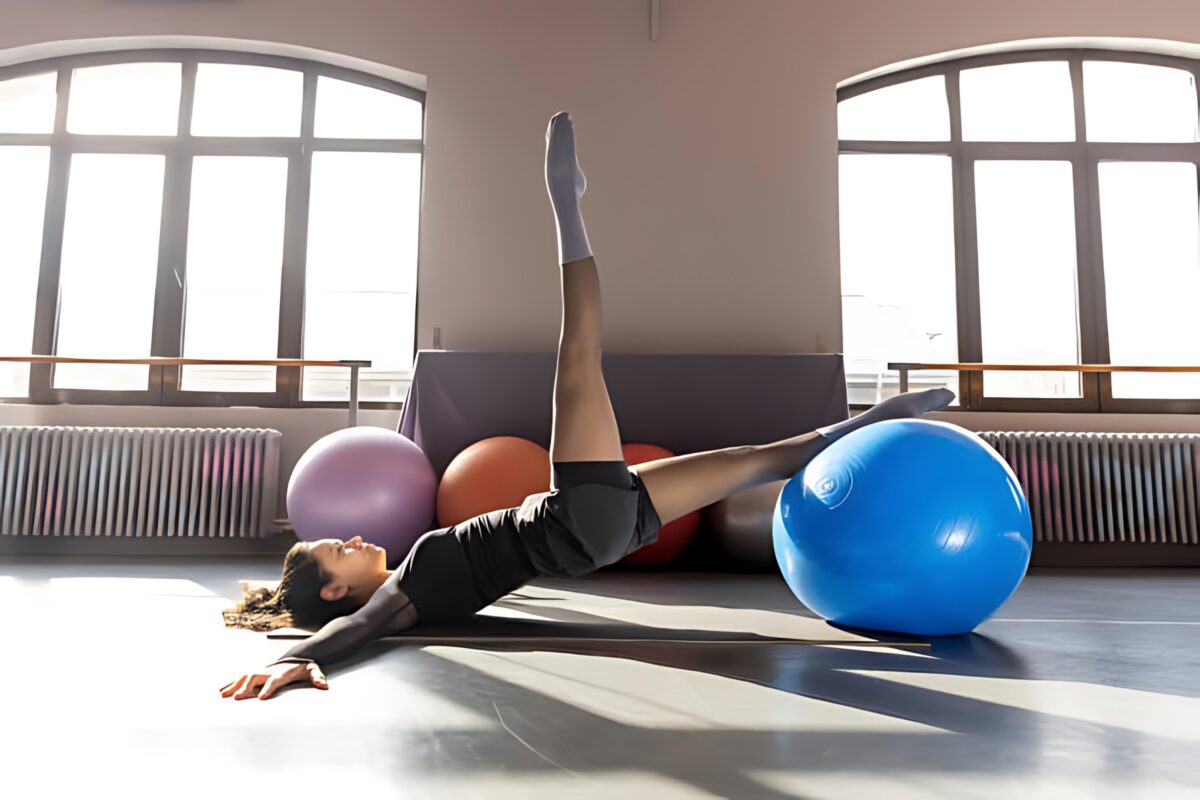
Strength Training
Add the exercise ball to your strength training workouts. Perform exercises like squats, push-ups, and leg curls with the ball to engage multiple muscle groups and improve stability.
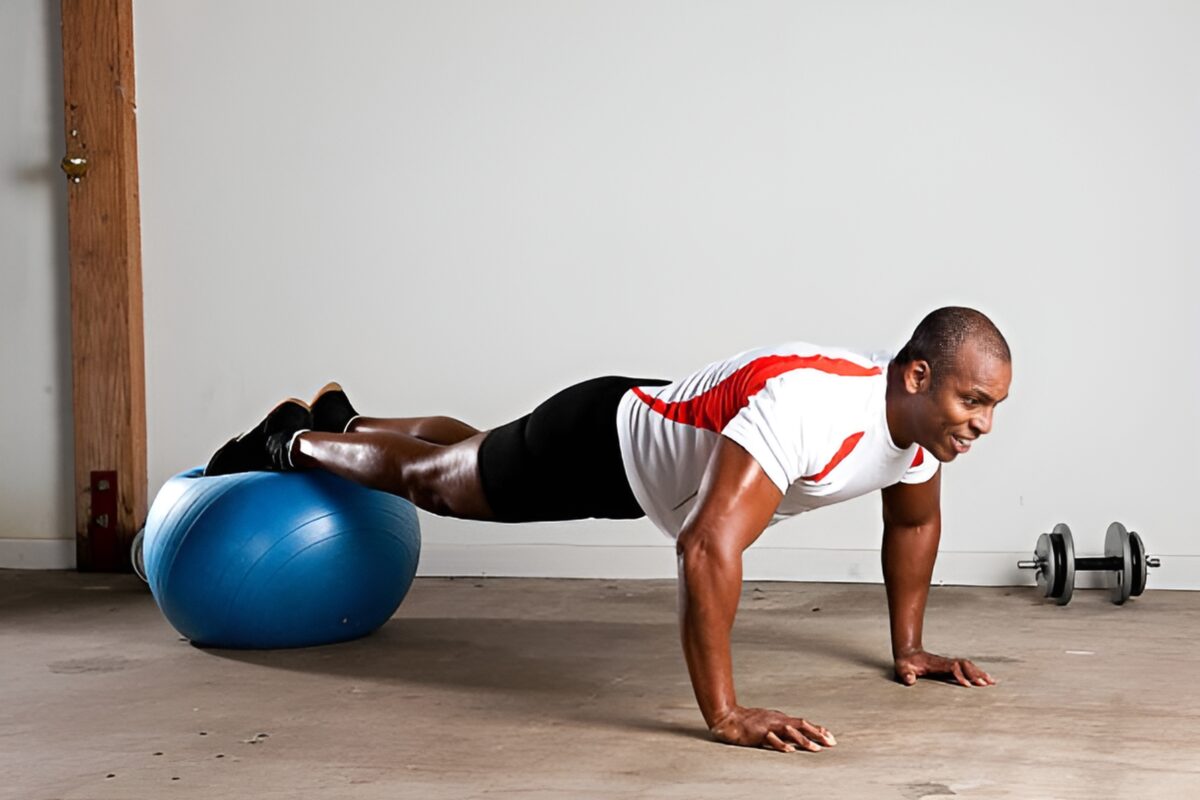
Balance Exercises
Practice balance exercises by standing on one leg or performing single-leg squats while holding the exercise ball. These exercises can significantly enhance your balance and coordination.
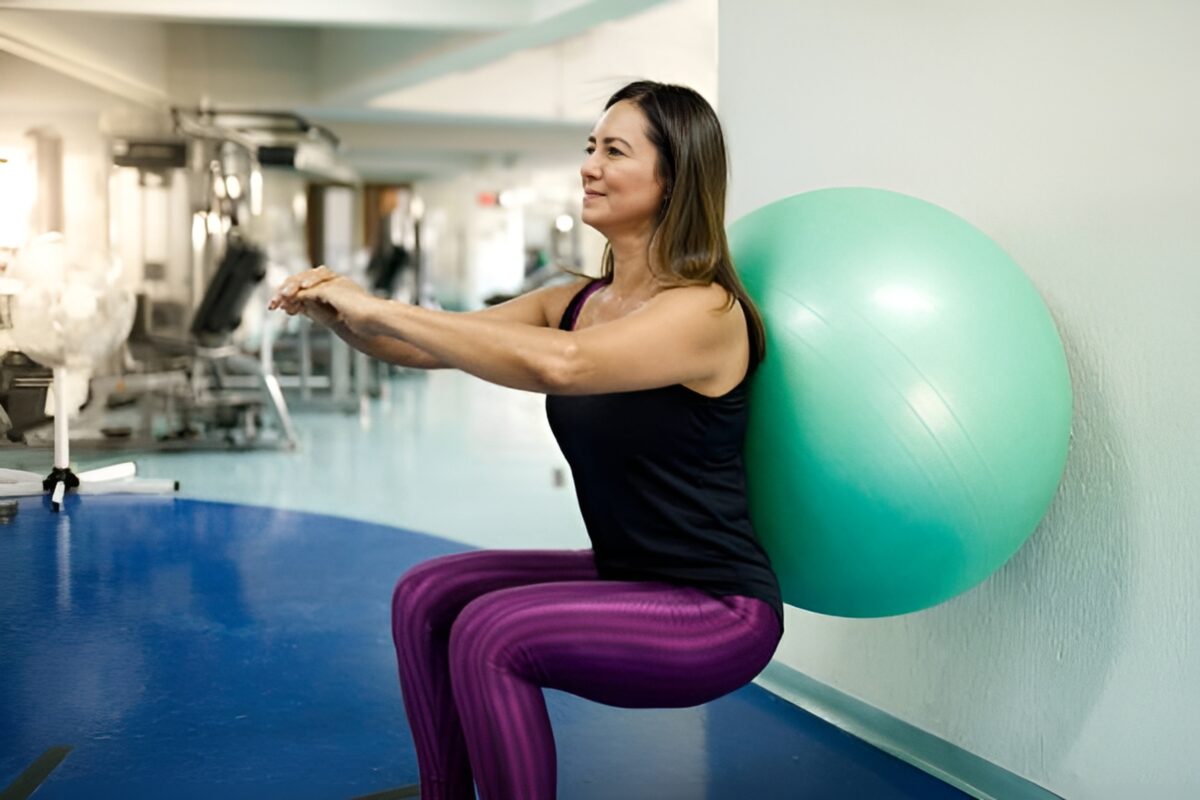
Safety Tips for Using an Exercise Ball
To ensure you get the most out of your exercise ball while minimizing the risk of injury, follow these safety tips:
- Choose the Right Size: Select an exercise ball that matches your height. When sitting on the ball, your knees should be at a 90-degree angle.
- Inflate Properly: Follow the manufacturer’s guidelines for proper inflation. The ball should be firm but not overinflated.
- Clear Space: Use the ball in an open area free of sharp objects and obstacles.
- Start Slowly: If you’re new to using an exercise ball, start with basic exercises and gradually progress to more advanced movements.
- Maintain Balance: Focus on maintaining balance and control during exercises to avoid falls and injuries.
- Check for Damage: Regularly inspect the ball for signs of wear and tear, and replace it if necessary.
Conclusion
Exercise balls are an excellent addition to any fitness routine. They offer a range of benefits, from improved core strength and balance to enhanced flexibility and posture. By incorporating an exercise ball into your daily activities and workouts, you can achieve a well-rounded fitness regimen that supports overall health and well-being. Whether you’re a beginner or an advanced fitness enthusiast, an exercise ball can help you reach your fitness goals.
Frequently Asked Questions
The right size depends on your height. Generally, a 55 cm ball suits people 5’1″ to 5’7″, a 65 cm ball for 5’8″ to 6’2″, and a 75 cm ball for those over 6’2″. Ensure your knees are at a right angle when sitting on the ball. For a quality option, consider the 65cm Anti-Burst Extra Thick Exercise Ball with Pump.
Yes, using an exercise ball can improve posture and strengthen core muscles, which may help alleviate back pain. However, consult with a healthcare provider before starting any new exercise routine if you have chronic back issues.
Many pregnant women find exercise balls beneficial for gentle exercise and support during pregnancy. However, consulting with a healthcare provider before using an exercise ball while pregnant is essential. For example, check out this Pregnancy Ball.
Consistency is key. Aim to use the ball several times weekly, incorporating it into various exercises and activities. Even sitting on the ball for short periods throughout the day can be beneficial.
While not a primary tool for weight loss, an exercise ball can enhance your workouts by engaging more muscles, which can contribute to overall calorie burning and fitness. Pair it with a balanced diet and regular cardiovascular exercise for the best results.

